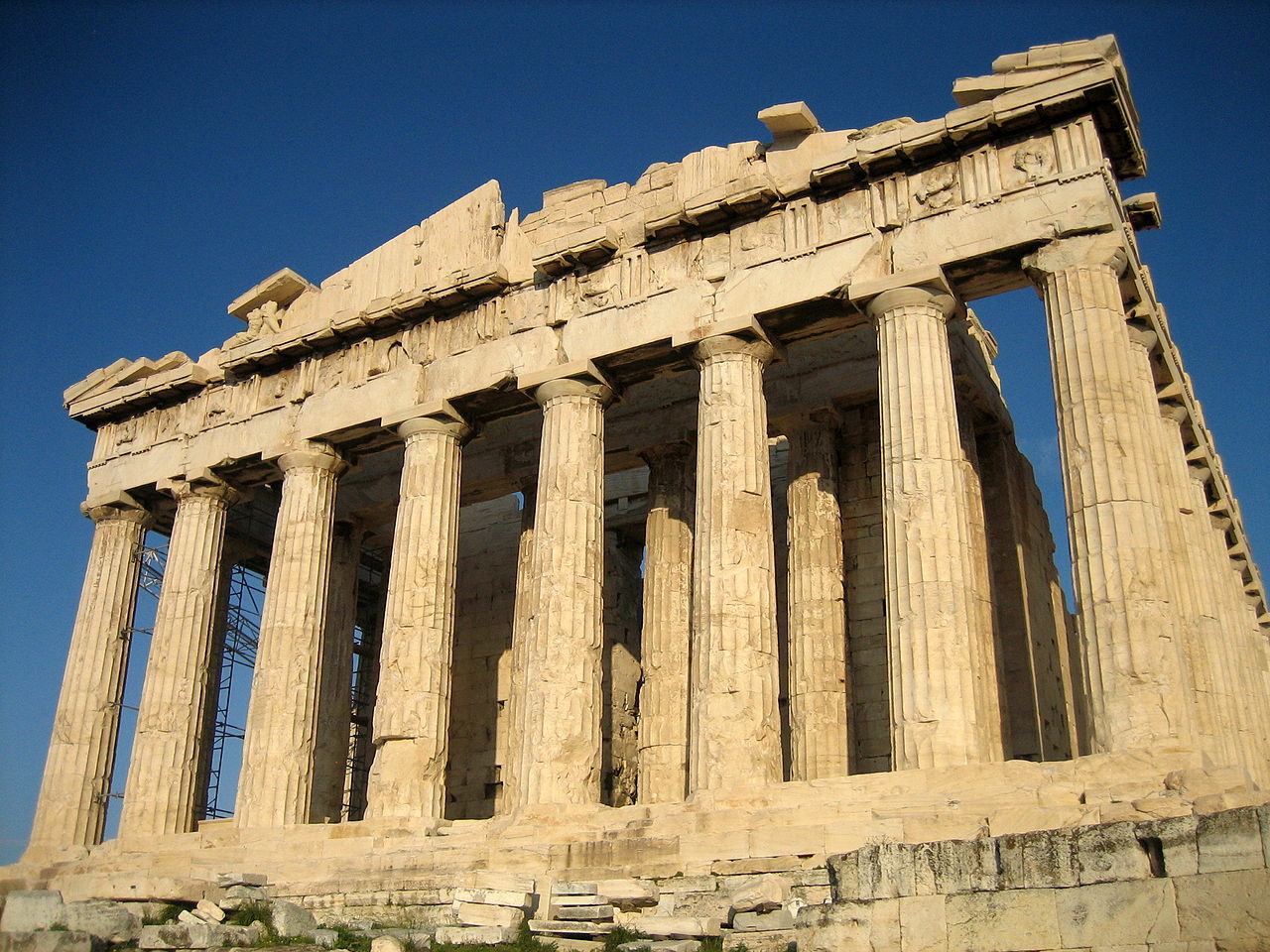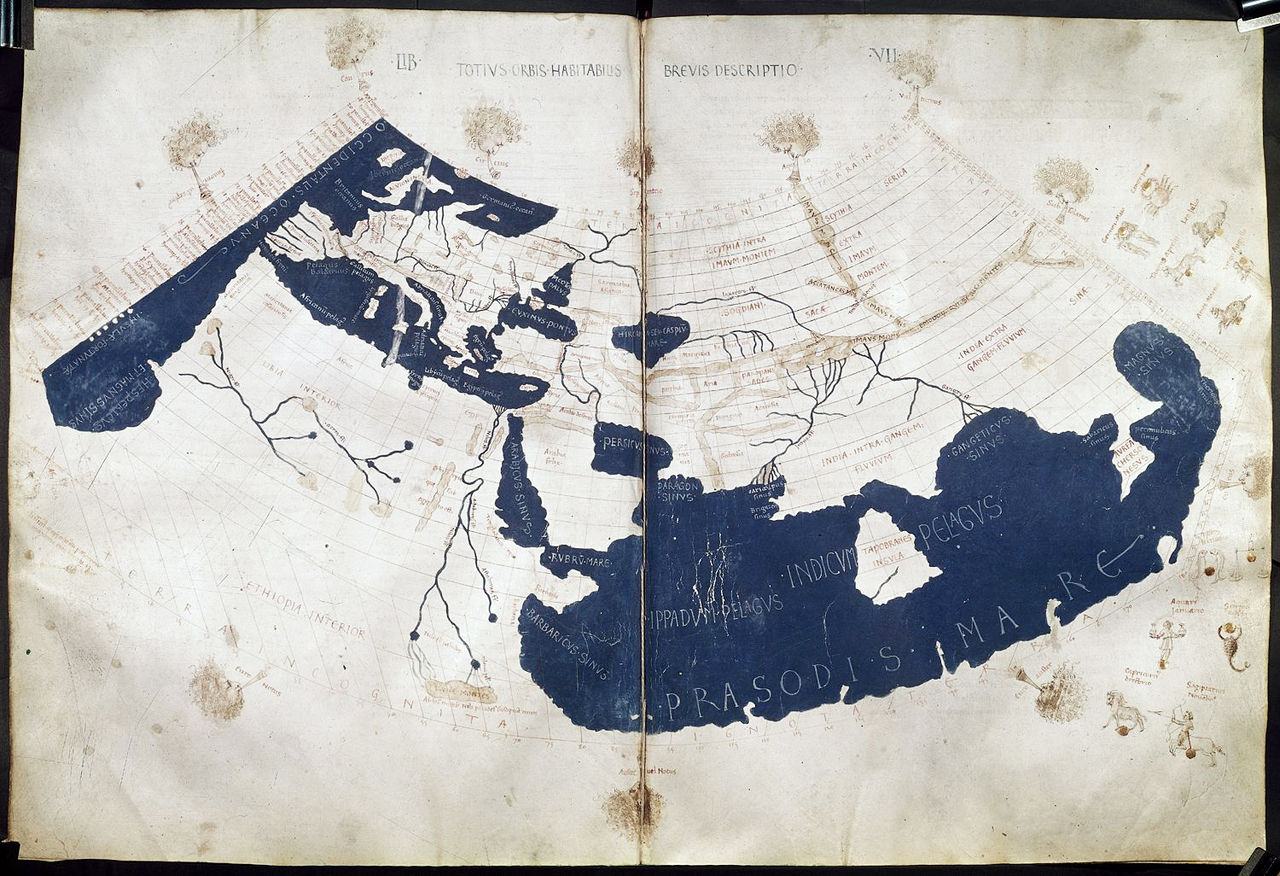Regional Empires (c. 3200BC - c. 500AD)
The millennium from 500 BCE to 500 CE saw a series of empires of unprecedented size develop. Well-trained professional armies, unifying ideologies, and advanced bureaucracies created the possibility for emperors to rule over large domains, whose populations could attain numbers upwards of tens of millions of subjects. The great empires depended on military annexation of territory and on the formation of defended settlements to become agricultural centres. The relative peace that the empires brought encouraged international trade, most notably the massive trade routes in the Mediterranean, the maritime trade web in the Indian Ocean, and the Silk Road. In southern Europe, the Greeks (and later the Romans), in an era known as "Classical Antiquity," established cultures whose practices, laws, and customs are considered the foundation of contemporary western civilization.
Major regional empires of this period include:
- The Median Empire, from 678 BCE, centered in present-day Iran, but extending west to present-day Turkey and east to present-day India. The Median Empire gave way to successive Iranian empires of the period, up to the Sassanid Empire (224-651 CE).
- The Delian League (from 478 BCE) and the succeeding Athenian Empire (454-404 BCE), centered in present-day Greece.
- Alexander the Great (356-323 BCE), of Macedon, founded an empire of conquest, extending from present-day Greece to present-day India. The empire divided shortly after his death, but the influence of his Hellenistic successors made for an extended Hellenistic period (323 – 30 BCE) throughout the region.
- The Maurya Empire (322 – 185 BCE) in present-day India. In the 3rd century BCE, most of South Asia was united into the Maurya Empire by Chandragupta Maurya and flourished under Ashoka the Great. From the 3rd century CE, the Gupta dynasty oversaw the period referred to as ancient India's Golden Age. From the 4th to 6th centuries, northern India was ruled by the Gupta Empire. In southern India, three prominent Dravidian kingdoms emerged: Cheras, Cholas, and Pandyas. The ensuing stability contributed to heralding in the golden age of Hindu culture in the 4th and 5th centuries.
- The Roman Empire, centered in present-day Italy. Beginning in the 3rd century BCE, the Roman Republic began expanding its territory through conquest and colonization. By the time of Augustus (63 BCE - 14 CE), who would become the first Roman Emperor, Rome had already established dominion over most of the Mediterranean. The empire would continue to grow, controlling much of the land from England to Mesopotamia, reaching its greatest extent under the emperor Trajan (d. 117 CE). In the 3rd century CE, the empire would split into western and eastern regions, with (sometimes) separate emperors. The Western empire would fall, in 476 CE, to German influence under Odoacer. The eastern empire, now known as the Byzantine Empire, with its capital at Constantinople, would continue for another thousand years, until overthrown by the Ottoman Empire in 1453 CE.
- The Qin Dynasty (221 – 206 BCE), the first imperial dynasty of China, followed by the Han Empire (206 BCE – 220 CE). The Han Dynasty was comparable in power and influence to the Roman Empire that lay at the other end of the Silk Road. While the Romans constructed a vast military of unprecedented power, Han China was developing advanced cartography, shipbuilding, and navigation. The East invented blast furnaces and were capable of creating finely tuned copper instruments. As with other empires during the Classical Period, Han China advanced significantly in the areas of government, education, mathematics, astronomy, technology, and many others.
- The Aksumite Empire, centered in present-day Ethiopia. By the 1st century CE the Aksumite Empire had established itself as a major trading empire, dominating its neighbours in South Arabia and Kush, and controlling the Red Sea trade. They minted their own currency, and carved enormous monolithic stelae such as the Obelisk of Axum to mark their Emperors' graves.
- Successful regional empires were also established in the Americas, arising from cultures established as early as 2000 BCE. In Mesoamerica, vast pre-Columbian societies were built, the most notable being the Zapotec Empire (200 BCE – 100 CE), and the Maya civilization, which reached its highest state of development during the Mesoamerican Classic period (c. 250 – 900 CE), but continued throughout the Post-Classic period until the arrival of the Spanish in the 16th century CE. Maya civilization arose as the Olmec mother culture gradually declined. The great Mayan city-states slowly rose in number and prominence, and Maya culture spread throughout the Yucatán and surrounding areas. The later empire of the Aztecs was built on neighboring cultures and was influenced by conquered peoples such as the Toltecs.
Some areas experienced slow but steady technological advancements, with important developments such as the stirrup and moldboard plow arriving every few centuries. There were, however, in some regions, periods of rapid technological progress. Most important, perhaps, was the Mediterranean area during the Hellenistic period, when hundreds of technologies were invented. Such periods were followed by periods of technological decay, as during the Roman Empire's decline and fall and the ensuing early medieval period.

 HISTORY
HISTORY

RESOURCES
This article uses material from the Wikipedia article History of the World", which is released under the Creative Commons Attribution-Share-Alike License 3.0.
© Stories Preschool. All Rights Reserved.






